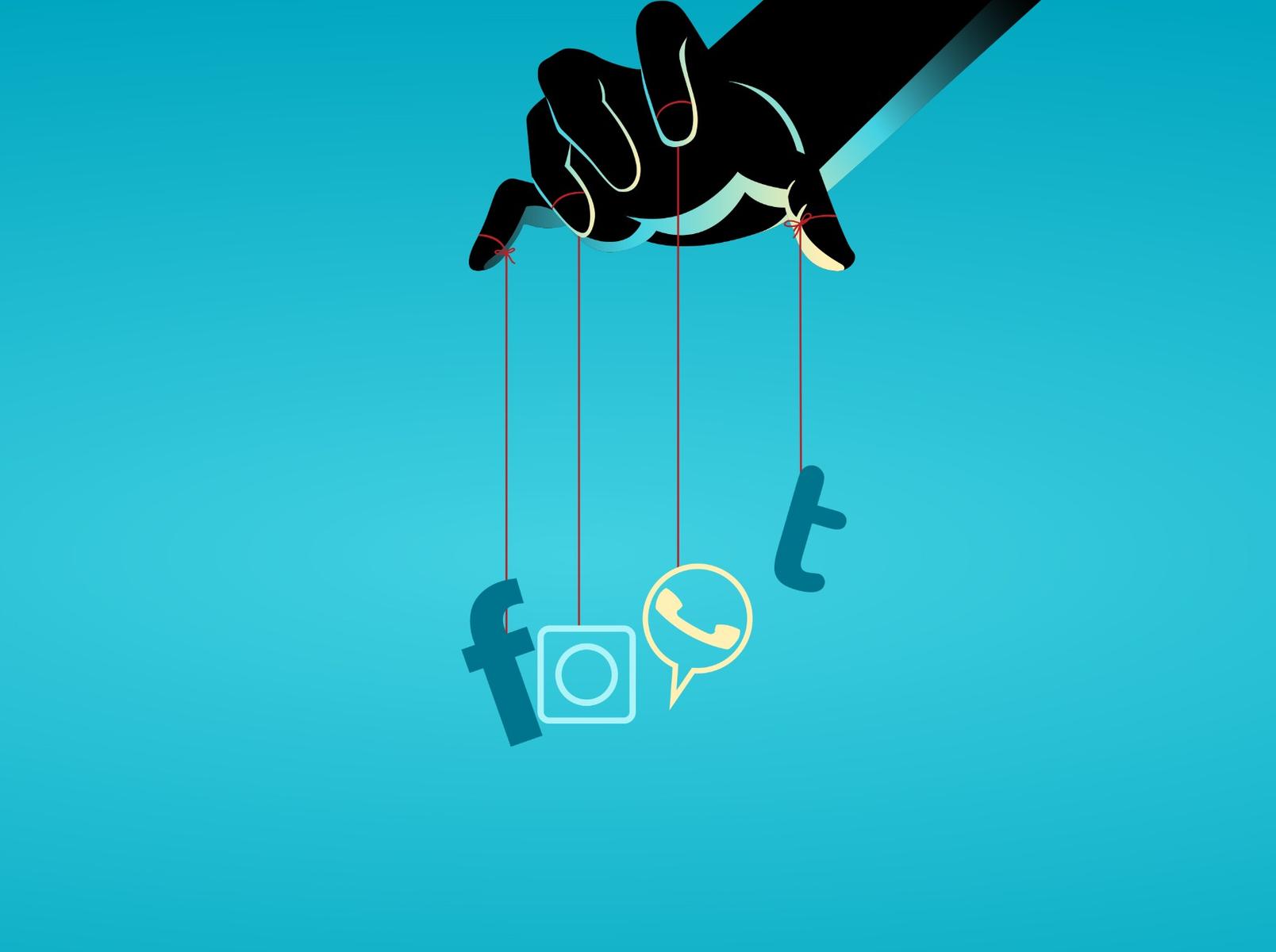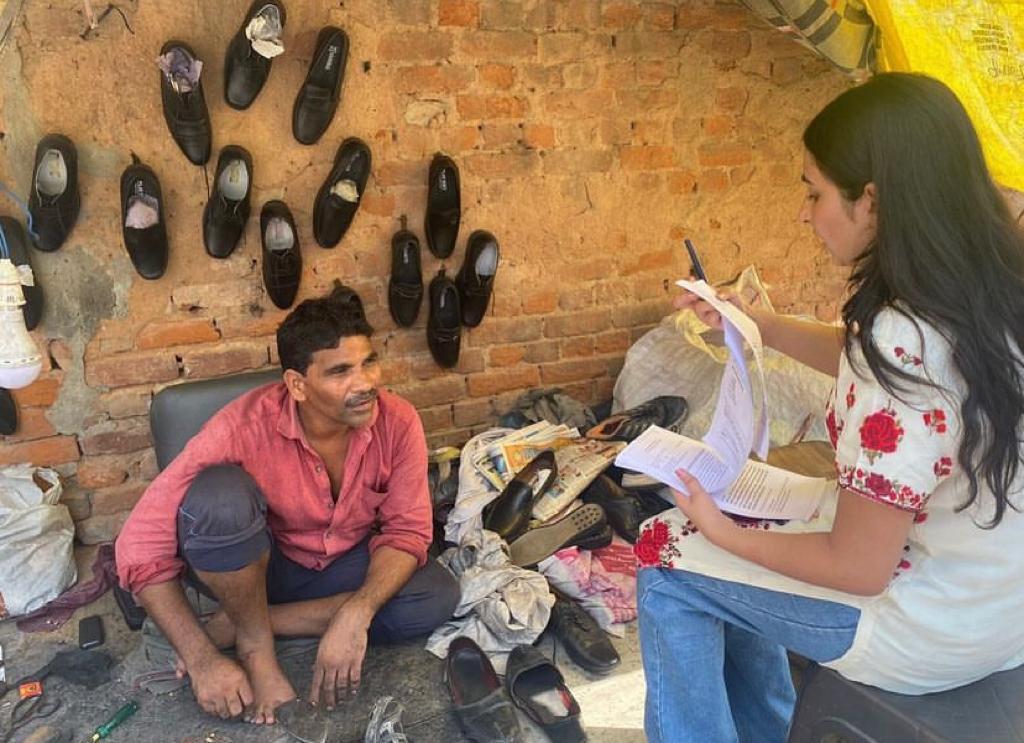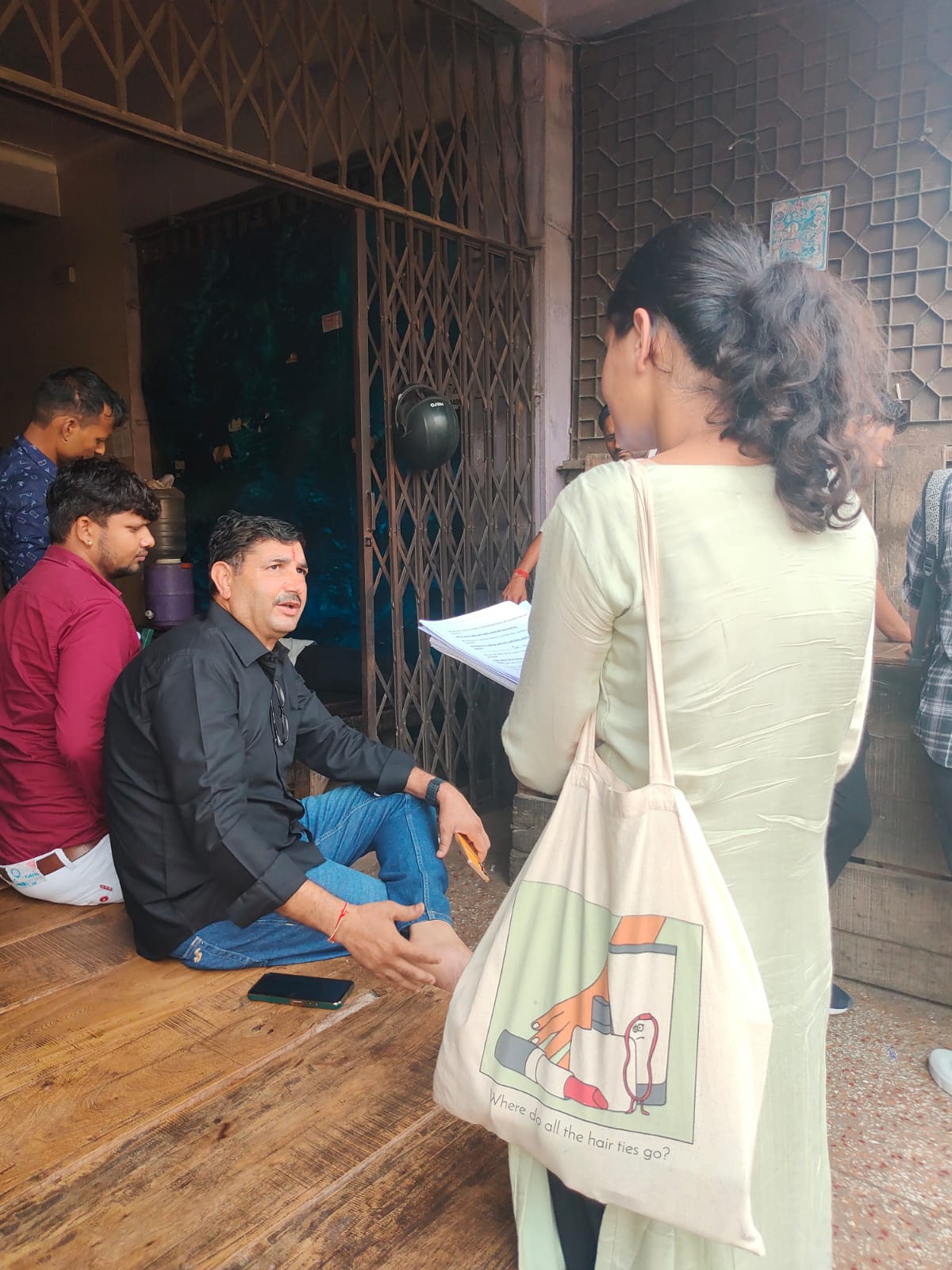“Do they know that we know that they know?”: Field observations on misinformation and disinformation during the Lok Sabha Elections
October 29, 2024 2024-10-29 7:01“Do they know that we know that they know?”: Field observations on misinformation and disinformation during the Lok Sabha Elections

“Do they know that we know that they know?”: Field observations on misinformation and disinformation during the Lok Sabha Elections
Author: Anahida Bhardwaj
The recent verdict of the High Court of Bombay struck down the Fact Check Units (‘FCUs’) established by the Ministry of Information and Broadcasting in a 2023 amendment to the Information Technology (Intermediary Guidelines and Digital Media Ethics Code) 2021. The primary contention of the respondents in the case was that these FCUs would regulate instances of misinformation and disinformation online- common issues plaguing our use of social media. The Court’s decision highlights the delicate balance between curbing misinformation and protecting free speech, leaving the challenge of addressing online disinformation without overreach unresolved.
In today’s digital age, words like ‘misinformation’, ‘disinformation’ and ‘fake news’ are all used interchangeably but are different. Given how rampant fake news is today- much like a viral reel or meme just stuck in our head (looking at you, Moo Deng), we must understand the difference before moving forward. Misinformation refers to inaccurate information shared without intent to deceive, such as outdated or misconstrued news. It’s like your aunt saying that only drinking green tea will make you fit into a lehenga for your cousin’s wedding. Conversely, disinformation involves deliberately spreading false information to mislead, often to influence public opinion or achieve specific goals. It would fall under disinformation when we look at it from a ‘fake news’ perspective, much like a former US President’s headline-grabbing claims.
While I had forgotten about this judgment, it came back to me during a field visit to Jawahari Bazaar in Panipat as part of our coursework. One of the respondents in our survey expressed concerns about how pervasive ‘fake news’ has become, particularly through social media. This distortion, they pointed out, undermines a voter’s capacity to make informed decisions, threatening the integrity of free and fair elections. The starkness of this observation, rooted in local realities, made me reflect on the broader implications of misinformation and disinformation in our democratic processes.
A survey conducted by Social & Media Matters held that 65.2% of first-time voters encountered fake news, and 37.1% were victims of misinformation. A report by the Internet and Mobile Association of India further highlights that over 67% of Indian Internet users are exposed to misinformation daily, amplifying concerns over the influence of fake news on elections. Statistically, we’ve had more exposure to fake news than we do to Vitamin D. This is despite some governmental intervention, with an answer during the Winter Session of the Rajya Sabha reporting that between 2019 and 2023, the Press Information Bureau has flagged 1160 instances of fake news on social media in India. It’s just made work for media houses and fact-checking organisations difficult, with them having to repeatedly look into instances of fake news- created with the help of altering text, audio and video and then being spread to distort public perception. These statistics highlight the challenges in maintaining election integrity and the importance of fact-checking and media literacy.
Keeping in mind the issues faced by the common man, it is imperative to look into these instances to ensure a free electoral process and expression. There is enough literature and statements made by important people saying media is the fourth pillar of our democracy, but what are we doing to stop an epidemic distorting reality? Curbing misinformation and disinformation in India requires a multi-pronged approach. Nationwide media literacy campaigns are essential to educate the public on critically evaluating news sources and spotting fake news, particularly in rural areas. Collaborations between social media platforms and independent fact-checking organisations can help swiftly flag false information, while stricter regulations can hold platforms accountable for the content circulated.
Our democracy depends on the information, with the right to know being read as part and parcel of one’s freedom of speech and expression. How do we know what they know, and do they know what we know? Transparency and ethical reporting are the need of the hour to ensure that the information available to the general public is aware before they cast a vote, which can make or break the next five years of their life. To be the largest free and fair democracy, we need to make an active regulatory and participatory effort to curb disinformation in the media.



